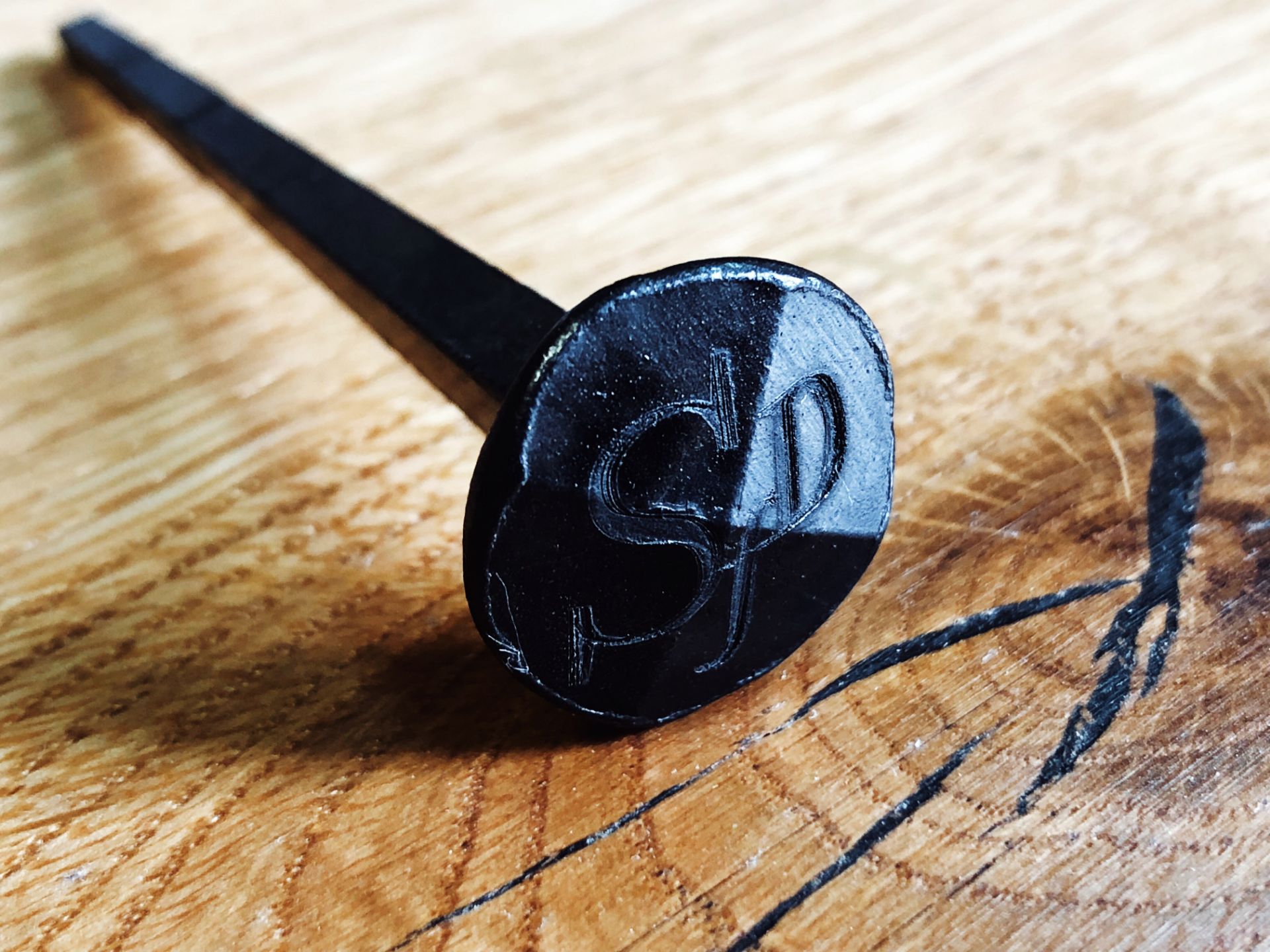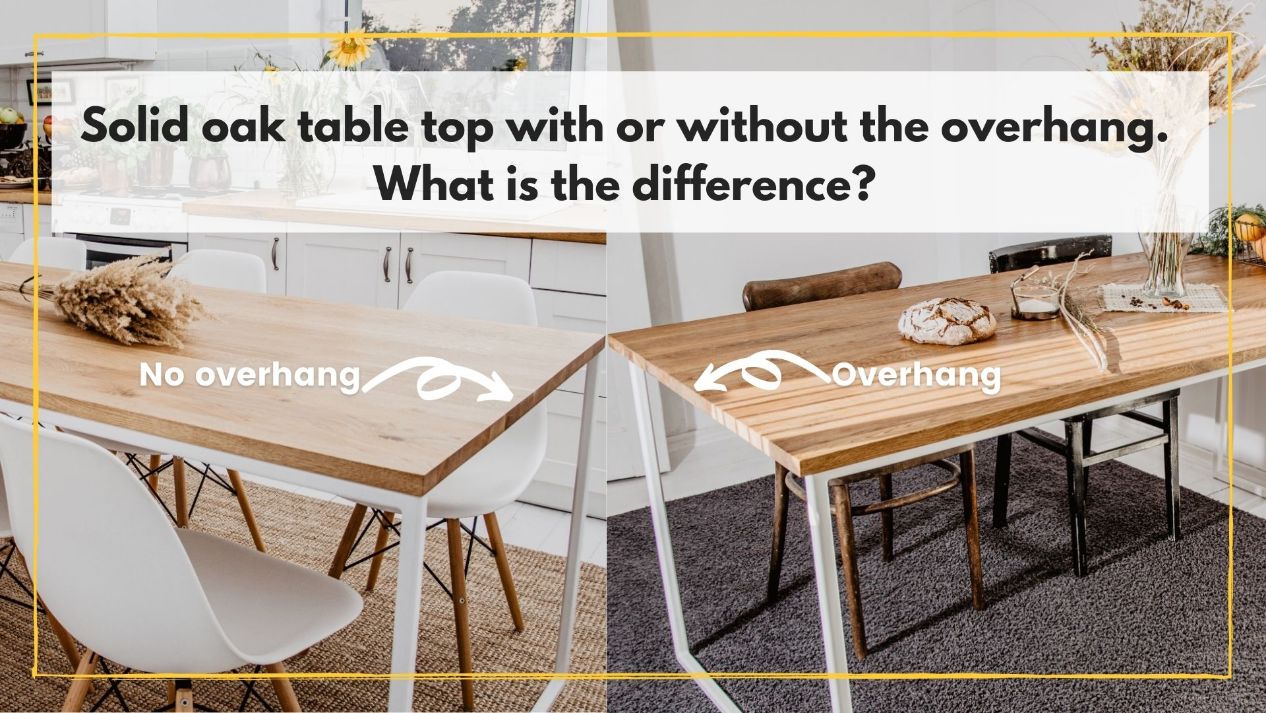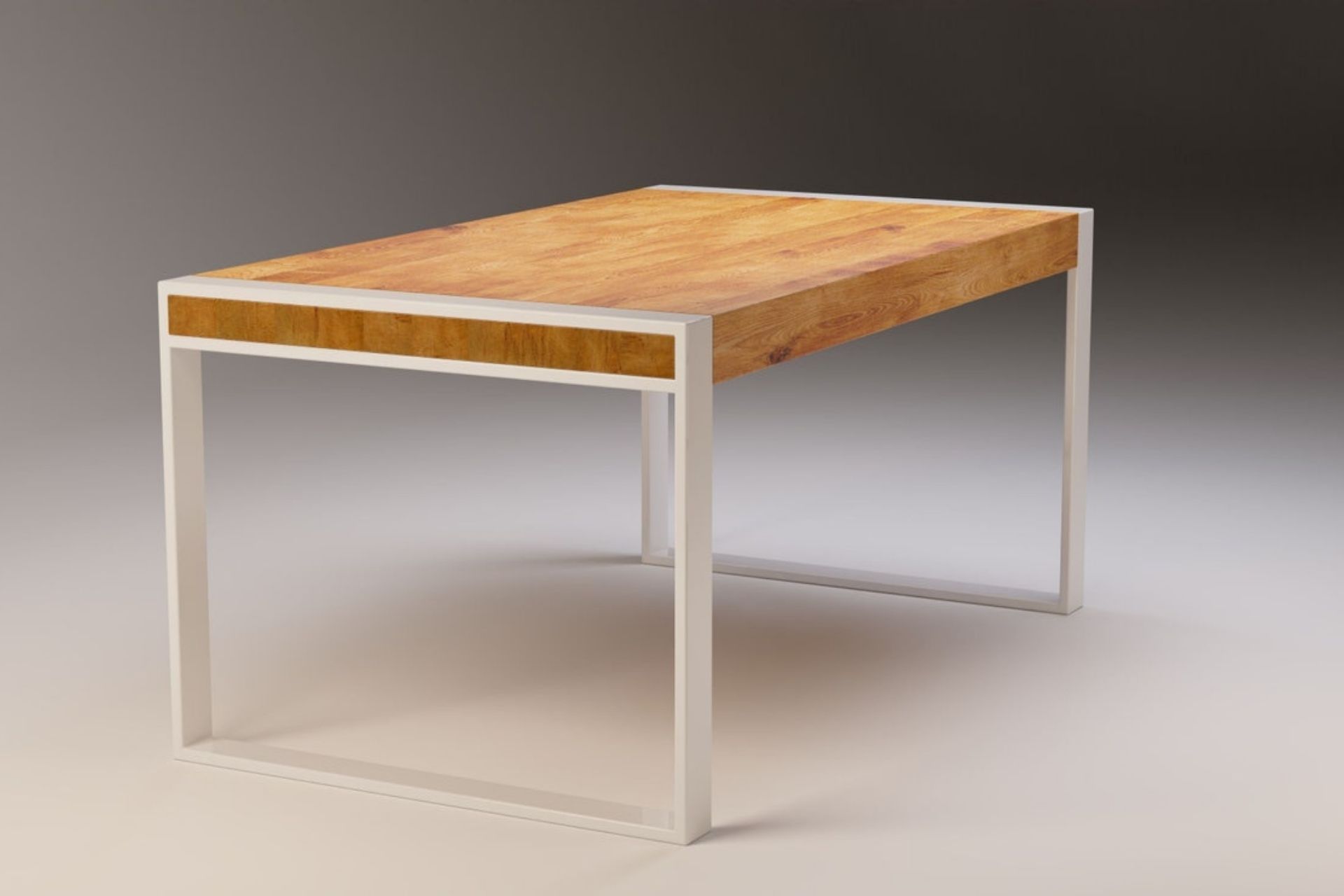Natural wooden-table top defects

The colour, the arrangement of the rings and their position, the spread of knots, cracks, traces of pests and diseases, changes caused by fires and mechanical damage – all this contributes to the final appearance of wood and its value as a carpentry or joinery material. Each change in wood is a record of a fragment of the individual history of tree growth and its struggle with environmental factors.
Understanding wood defects: Primary and secondary influences on wood quality
Each tree, during its individual growth, experiences a variety of external influences: it is exposed to high and low temperatures, strong winds, as well as pest and human interference. The moisture content and composition of the soil on which the tree grew, stand density and composition also have a significant impact on wood quality.
All known wood “defects” are divided into two groups:
Primary “defects” – caused during the growth of the tree, including, among others, thickening, curvature in the course of the trunk, cracks, traces of pest activity, multi-core, corks, convergence or excessive knotting.
Secondary “defects” – caused by improper handling or storage of wood, including, above all, discolouration associated with the development of fungi and mould. They may also occur as a result of improper seasoning or drying. It is worth knowing that cracks and micro-cracks are also secondary defects.It is worth knowing that there is no perfect wood, each piece is unique and different. Whether a change in wood will become its disadvantage or advantage is often determined by the way the material is used, as well as the knowledge and skills of the woodworker.


From disadvantage to aesthetic advantage: The fascinating transformation of wood knots
The most obvious example of the disadvantage of wood, which in certain circumstances becomes its advantage, is knots. In the case of structural wood, knots may turn out to be disqualifying (they weaken mechanical resistance), while used in the production of furniture, in many cases, they have a positive effect on the aesthetics of finished products.
A very good example of wooden-table top “defects” are unique knots located on the tables.


The art of woodworking: Choosing the right material and recognizing its “defects”

The final effect, i.e. the appearance of finished wood products, is greatly influenced by the ability to choose the material. Bearing in mind that there is no perfect wood, it is worth making an effort to choose the best possible raw material. A small number of knots, a simple course of rings, lack of noticeable discolouration and deep mechanical damage – these are the characteristics of good quality raw material. Their influence is very specific, for example, the harmonious arrangement of the rings will provide greater dimensional stability of finished products. In the case of purchasing lumber, the key is also: appropriate humidity and the way of storage and possible preservation (protecting against pests and fungus development).
TRÄHUS – made of one-of-a-kind recycled wood beams
Mastering the craft: Seeking expertise and quality in woodworking
Choosing the right wood and the ability to recognize its “defects” is an art that requires years of practice and experience. Instead of just looking at the price, it is advisable to use the services of reputable professionals who have the know how to identify and use the best materials.
As you embark on your woodworking journey, appreciate the uniqueness of each piece of wood and consider its flaws as special features that add to its charm and appeal.


Keywords: wooden table top defects, oak tables, oak wood, wood maintenance
We invite you to read also :
Artur Bieńko
SFD Furniture Design
In case of any further questions do not hesitate to contact us.
#WLCM_HOME #WLCM_CRAFT #WLCM_DESIGN #WLCM_NATURE
HAVE YOU SEEN THESE?

Why us? SFD Furniture Design’s brand values make our solid oak furniture unique
You can get the best custom furniture designs developed into classy yet fitting for your interiors. In SFD brand we design and create s…

Solid oak table top with or without overhang. What is the difference?
Have you ever wondered what the difference is between a solid oak table top with or without an overhang? We have got an answer! Check o…

Daily cleaning of oil-treated wood tables – how to clean wood tables?
Oil-treated wooden furniture is very resistant to dust and water and small scratches and stains are not easily visible. …
OUR PRODUCTS
TRÄHUS spruce solid wood coffee table and stools
€ 2.430
ALASKA modern oak dining table (+bench available)
€ 1.330 – € 2.870

WHITE CLIFF solid oak extendable table with butterfly system
€ 1.330 – € 2.870





